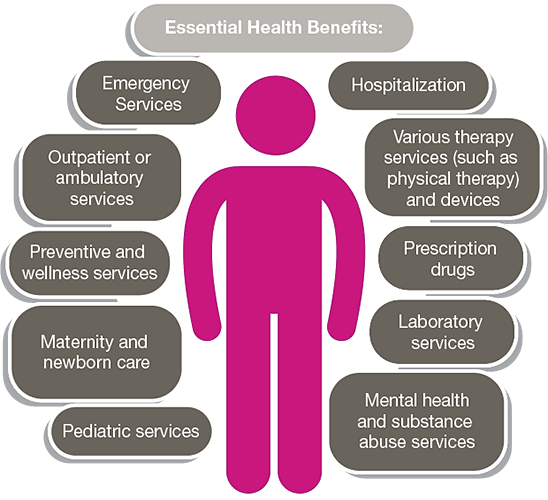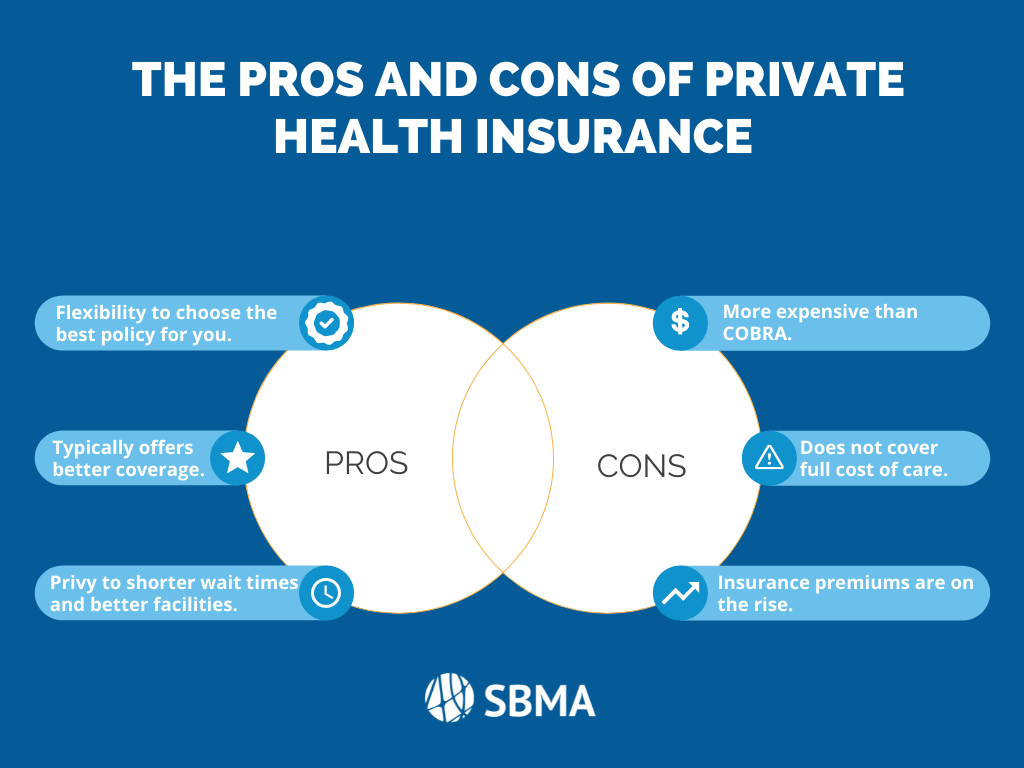Some Known Details About Medicare Advantage Agent
Wiki Article
Some Known Facts About Medicare Advantage Agent.
Table of ContentsFacts About Medicare Advantage Agent RevealedMedicare Advantage Agent Can Be Fun For AnyoneRumored Buzz on Medicare Advantage Agent

follows from confusing the reasonably young age account of the uninsured with the far better health and wellness, on average, of more youthful persons. This covers the link in between health standing and medical insurance. For those without accessibility to workplace medical insurance, inadequate health and wellness is a possible barrier to acquiring nongroup protection due to the fact that such protection might be highly priced, leave out pre-existing conditions, or be just inaccessible. The number of uninsured Americans is not specifically large and has not altered in current years. Seven out of ten participants in an across the country representative study thought that fewer Americans did not have medical insurance than actually do(Fronstin, 1998). Roughly fifty percent(47 percent )believed that the variety of people without medical insurance decreased or continued to be constant over the latter half of the last years(Blendon et al., 1999). This decline of almost 2 million in the number of people 'without insurance policy (a decrease
of around 4 percent)is certainly a positive change. With a softer economic climate in 2000 the current reported gains in insurance policy protection might not proceed(Fronstin, 2001 ). The decline in the variety of uninsured will not continue if the economy remains sluggish and wellness care costs continue to surpass inflation. This is since the information were accumulated for a duration of solid financial efficiency. Of the estimated 42 million people who were uninsured, almost about 420,000(about 1 percent)were under 65 years of age, the age at which most Americans become qualified for Medicare; 32 million were grownups in between ages 18 and 65, around 19 percent of all grownups in this age; and 10 million were kids under 18 years of age, about 13.9 percent of all kids (Mills, 2000). These estimates of the number of persons without insurance are produced from the annual March Supplement to the Current Population Study (CPS), performed by the Demographics Bureau. Unless otherwise noted, national price quotes of individuals without health and wellness insurance and proportions of the population with various type of insurance coverage are based upon the CPS, the most widely made use of resource of quotes of insurance protection and uninsurance prices. These surveys and the quotes they yield are defined briefly in Table B. 1 in Appendix B - Medicare Advantage Agent. These studies differ in dimension and sampling methods, the inquiries that are inquired about insurance coverage
Medicare Advantage Agent Can Be Fun For Anyone
coverage, and the time period over which insurance policy coverage or uninsurance is gauged(Lewis et al., 1998, Fronstin, 2000a ). Still, the CPS is especially valuable because it generates annual quotes reasonably rapidly, reporting the previous year's insurance policy coverage estimates each September, and due to the fact that it is the basis for a consistent set of quotes for more than 20 years, enabling evaluation of fads in coverage in time.
Getting My Medicare Advantage Agent To Work
Over a three-year duration starting early in 1993, 72 million people, 29 percent of the united state population, lacked protection for a minimum of one month. Within a single year(1994), 53 million individuals experienced at least a month without insurance coverage(Bennefield, 1998a). Six out of every 10 uninsured grownups are themselves employed. Functioning does improve the probability that one and one's family participants will certainly have insurance coverage, it is not a guarantee. Even participants of households with 2 full-time wage income earners have virtually a one-in-ten possibility of being without insurance (9.1 percent without insurance rate)(Hoffman and Pohl, 2000 ). The connection in between medical insurance and access to care is well developed, as recorded later in this phase. The partnership in site link between wellness insurance and health results is neither direct nor basic, a considerable professional and health services research literature web links wellness insurance policy coverage to improved enhanced accessibility care, better far betterHigh quality and improved personal and population populace wellnessStanding For instance, the 2nd record, on individual health and wellness results for uninsured adults, is represented by the inner circle of the number, while the 3rd report, on family well-being, encompasses the topics of the 2nd report but emphasizes a various device of evaluation, specifically, the household. The sixth record in the collection will offer info about techniques and initiatives undertaken in your area, statewide, or country wide to deal with the lack of insurance and its damaging effects. Degrees of analysis for analyzing the results of uninsurance. This discussion of health insurance policy coverage concentrates mainly on the united state population under age 65 because essentially all Americans 65 and older have Medicare or other public protection.
Furthermore, it focuses particularly on those without any type of medical insurance for any length of time. The issues encountered by the underinsured remain in some aspects similar to those faced by the uninsured, although they are typically less severe. Uninsurance and underinsurance, however, entail clearly various plan concerns, and the approaches for resolving them might differ. Throughout this study and the five records to comply with, the primary focus is on individuals without wellness insurance coverage and therefore no support in paying for health treatment beyond what is available via charity and safeguard institutions. Medical insurance is an effective variable impacting receipt of treatment because both patients and medical professionals react to the out-of-pocket price of solutions. Medical insurance, however, is neither essential neither sufficient to get to medical solutions. The independent and direct result of health and wellness insurance insurance policy on access to health wellness is well establishedDeveloped Others will get the health treatment they need also without health insurance policy, by paying for it expense or seeking it from providers who supply treatment complimentary or at extremely subsidized prices. For still others, health insurance coverage alone does not ensure invoice of treatment as a result of various other nonfinancial obstacles, such as a lack of healthcare suppliers in their community, restricted accessibility to transport, illiteracy, or linguistic and cultural distinctions. Official research regarding without insurance populaces in the United States dates to the late 1920s and early 1930s when the Board on the Price of Medical Care produced a series of records concerning funding doctor workplace visits and hospitalizations. This problem came to be significant as the numbers of clinically indigent climbed during the Great Anxiety. Empirical researches continually support the link between accessibility to care and enhanced health and wellness outcomes(Bindman et al., 1995; Starfield, 1995 ). Having a regular source of care can be thought about a forecaster of accessibility, instead of a straight action of it, when wellness outcomes are themselves used as access indicators. This extension of the concept of accessibility dimension was made by the IOM Board on Keeping An Eye On Accessibility to Personal Healthcare Solutions(Millman, 1993, p. Whether moms and dads are guaranteed appears to impact whether their kids receive care as well as how much careeven if the children themselves have coverage(Hanson, 1998). The wellness of moms and dads can impact their capability to look after their youngsters and the level of household stress and anxiety. Bothering with their youngsters's access to care is itself a source of stress and anxiety for parents. 3 phases comply with in this report. Chapter 2 gives an introduction of exactly how employment-based health and wellness insurance coverage, public programs and individual insurance policy plans operate and connect to supply substantial but insufficient protection of the U.S. populace. This consists of a testimonial of historic patterns and public plans influencing both public and exclusive insurance policy, a conversation of the interactions among the different types of insurance, and an assessment of why individuals move from one program to another or end up

Report this wiki page